Early detection of breast cancer is important for its successful treatment. If you examine your breast monthly, you can detect any changes in the breast at the right time. Breast Self Exam should be done once in a month within 1 week of menstruation or any day in a month by those who do not have menstruation. Breast Self Examination takes very little time, costs nothing, can be done at your home and helps you get an idea of how your breasts normally look and feel. If you notice any changes in your breasts during Self Breast Examination (BSE), consult your doctor.
Breast exams themselves are not a substitute for routine breast exams or screening mammograms but it is very important for breast cancer awareness, all women should do it every month.
Important Point before starting doing Breast Self-Exam
Touch
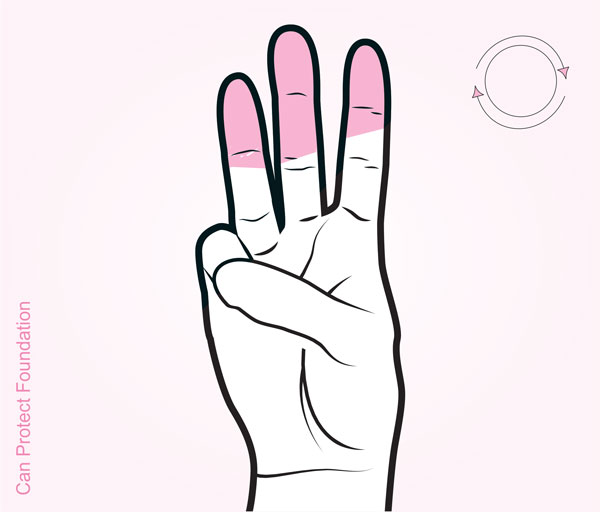
Use the pads of your three middle fingers. To check your entire breast area, start at your armpit with varying degrees of pressure by moving in a circular motion as much as 25 paise coin, and in the other direction (as shown in the pictures below) and slowly move up the entire breast. Check, and do the same with the other breast.
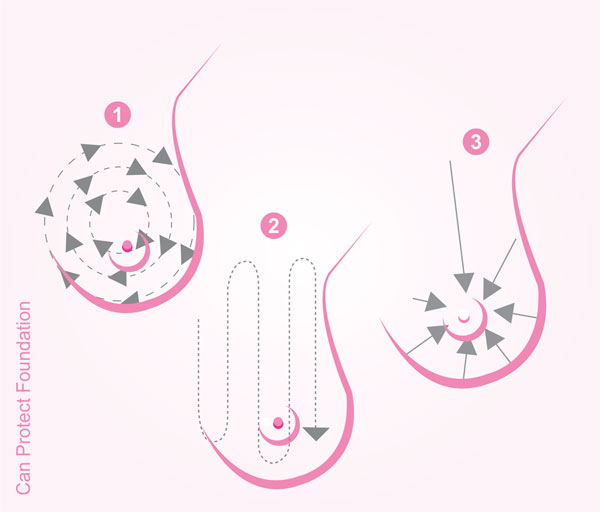
Exam Perimeter
Move your fingers up and down your entire breast area, from your collarbone down to your breastbone and under your armpits, from your breastbone to your armpit. Examine the other breast in the same way.
Breast Self Exam Steps
Stand in front of a mirror
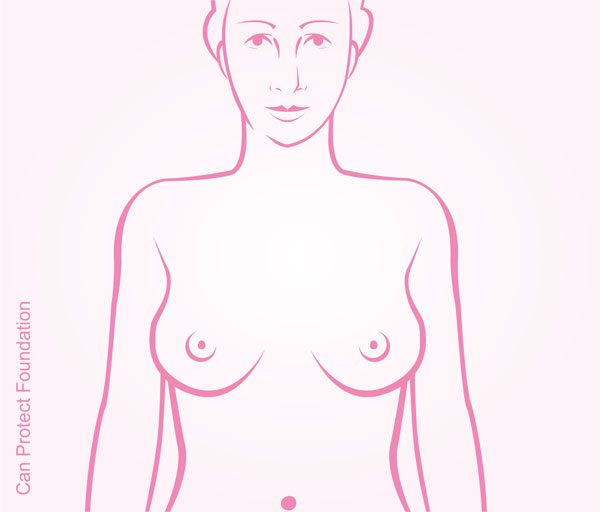
Place both hands down along your body, and check that there are no changes in the size of the breast or the color and texture of the nipples, the skin and the direction of your nipples point.
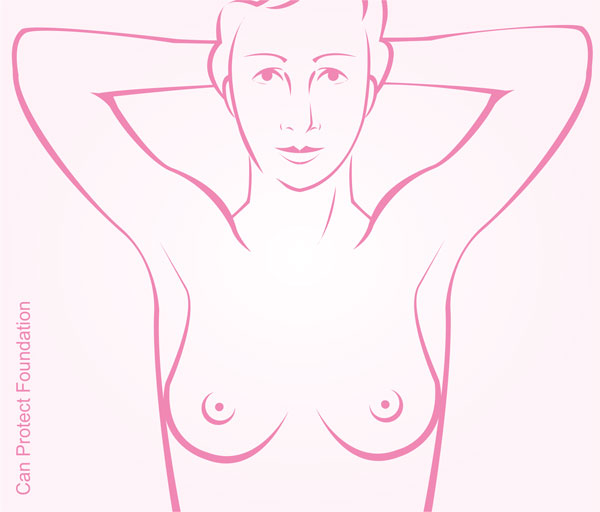
Then place both hands on the head and check if there are any changes in the size of the breast or the color and texture of the nipples, the skin and the direction of your nipples point.
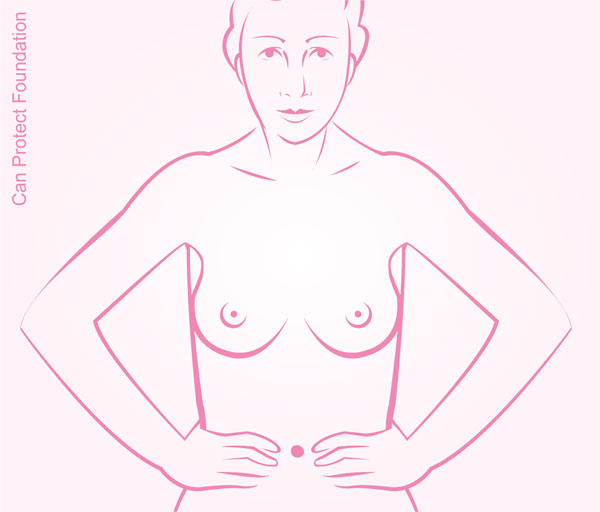
Then place the hands on the hips and tighten the chest muscles. Now see if there are any pits, wrinkles, redness, scabs, lumps or changes in the shape or colour of the skin on the breast.
Then squeeze both the nipples between the thumb and forefinger to check the discharge (something like water), and see if there is any discharge.
After waking up in the morning, note that there is no brown, red or yellow discharge from the nipples on the clothes. Nipple discharge is not normal.
In The Shower or Bath
Your skin is wet and soapy while bathing, so breast self-examination can be done easily at this time.
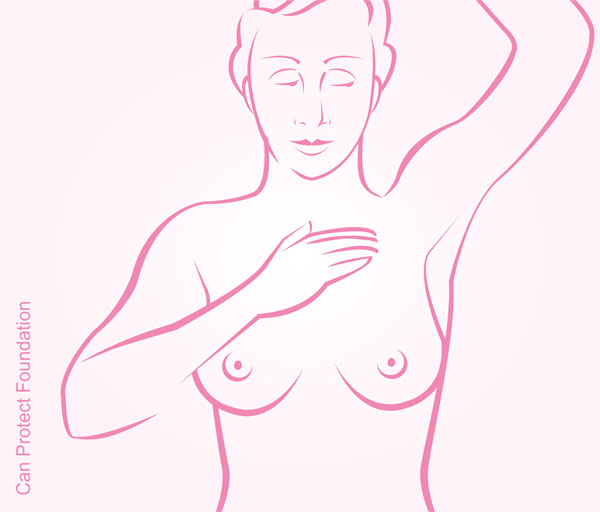
In the shower, raise your right hand above your head. Examine your entire breast area in both breasts using the “Touch” technique as described in the test section.
Lying Flat On The Back
Lie flat on your back, this helps to flatten the breast and makes testing easier.
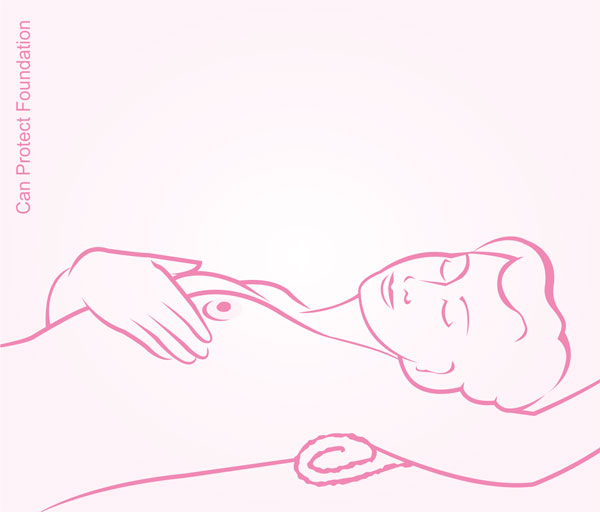
Place a pillow under the right shoulder. Start from the left hand side and make a series of checks by rotating 25 paisa (25 Paisa Coin) in circles and the other way around (as shown in the pictures above). Use light, medium and deep pressure. Think of the test perimeter pattern. Cover your entire breast area with the probe. Repeat the test in the other breast.
If you see or feel any abnormality in your breasts such as lumps, pain, change in color, discharge, nipple or any other kind, consult your doctor immediately. Most breast lumps or changes are not cancerous but it is important for your doctor to evaluate the changes you notice during a breast exam yourself.
By doing self breast examination every month, women can detect breast related diseases early, include self breast examination in your routine and please share this information with other women.
